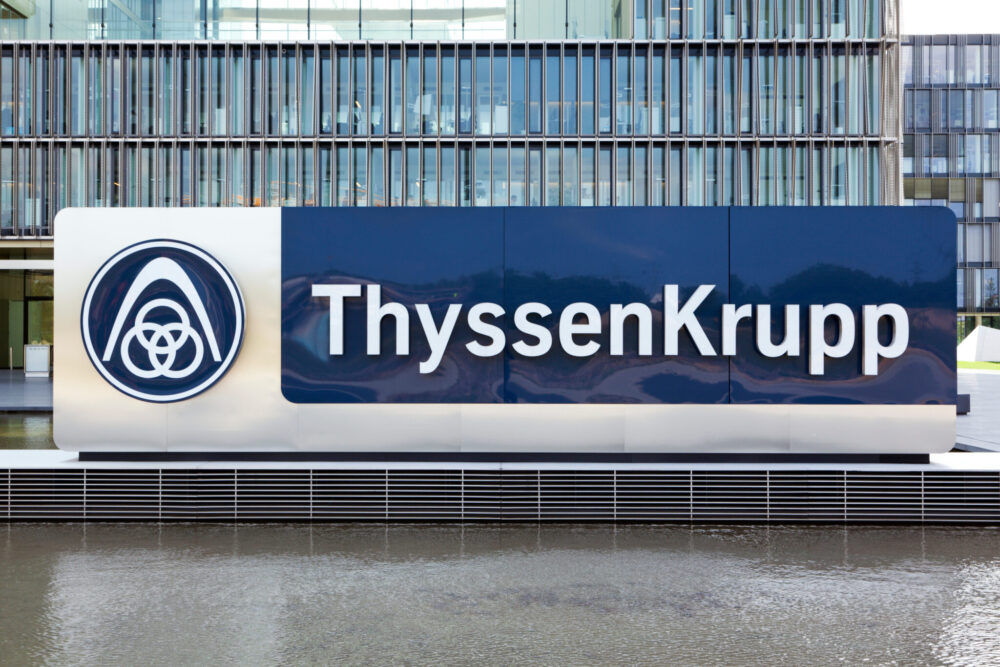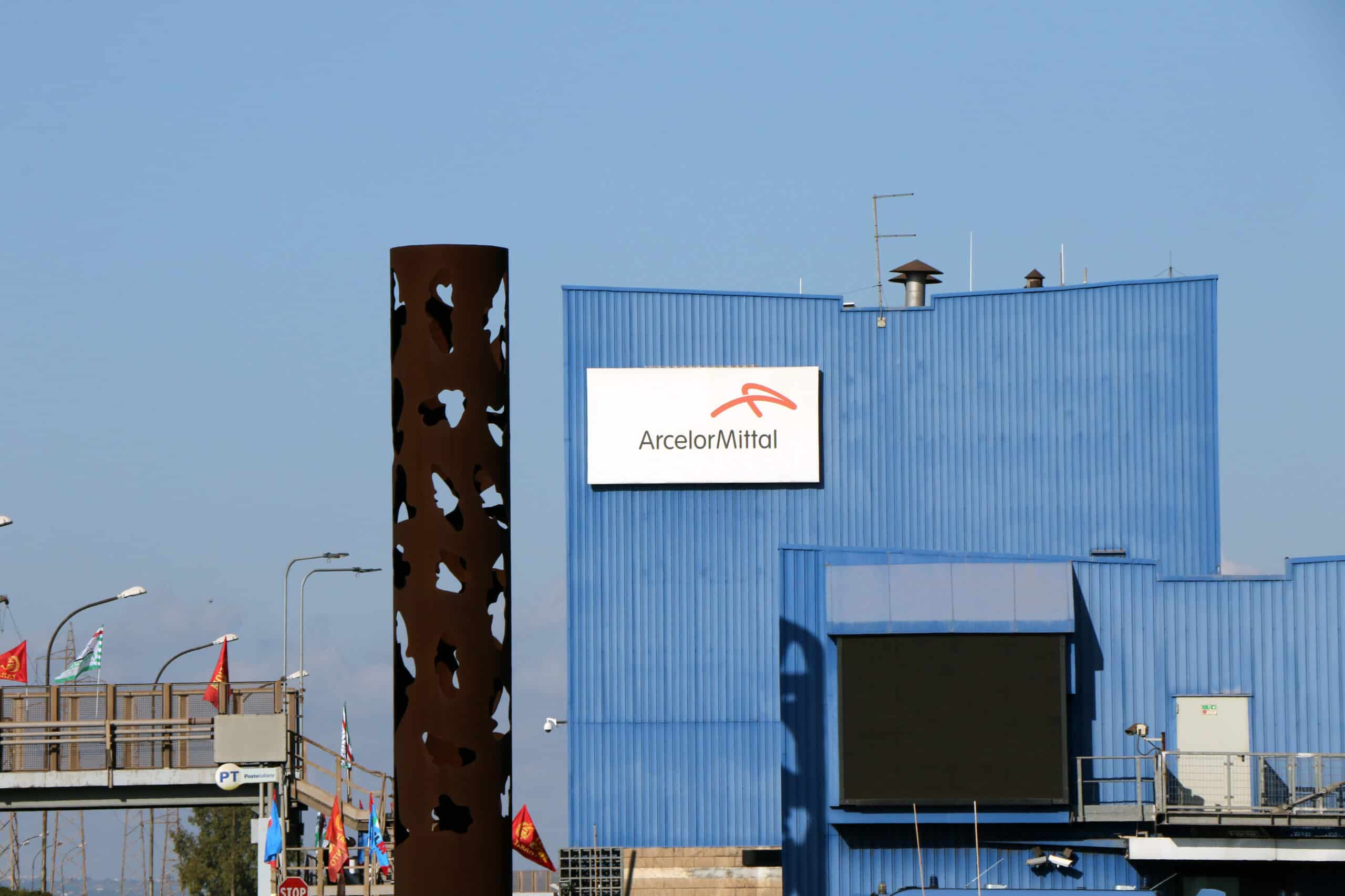German flats producer ThyssenKrupp Steel recently commissioned a modernized strip mill at its main site in Duisburg as well as new upstream equipment. On July 4, the steel industry titan released a statement detailing that the modernized hot rolled strip mill will be able to roll 3.1 million metric tons of hot rolled coil in […]
Tag: Steel
Raw Steels MMI: Steel Prices Steady Ahead of Trade Deals
The Raw Steels Monthly Metals Index (MMI) trended sideways, with a 1.37% increase from June to July. With a few exceptions, steel prices remained largely steady as long-awaited trade deals with the U.S. began to materialize. Nippon Officially Acquires U.S. Steel After an arduous 18-month process, Nippon Steel officially acquired U.S. Steel. Initially blocked by […]
Is BYD’s Hungary Plant a Steel Game-Changer for Europe?
Chinese automaker BYD recently appointed Austria’s Voestalpine as its first steel supplier for the planned production plant in Hungary. On June 24, the Linz-headquartered steel industry leader officially announced it will begin supplying autobody and outer-skin components from its rolling mills to BYD’s Szeged plant in Q4 2025. Szeged sits about 180 kilometers south of […]
Steel Wars: China Floods Russia with Cheap Metal as Sanctions Cripple Kremlin Mills
Ongoing geopolitical conflicts, including one active war, combined with market instability, declining steel demand in certain global regions and a rise in protective tariffs on exporting nations, have all come together to force some steel-producing countries, including China, to reassess and refocus their steel industry supply chains. Faced with weak domestic steel demand due to […]
Steel Giant Bows Out: Who’s Taking Over Bosnia’s Mills?
ArcelorMittal recently announced the sale of its steel plant as well as its stake in its iron ore mine in Bosnia and Herzegovina, with news reporting stating that the steel industry giant will unload the plant to Bosnian industrial conglomerate Pavgord Group. According to the details of the deal, Pavgord Group will acquire the longs […]
Can a $673M Railway Deal Keep British Steel on “Track?”
British Steel has secured a 5-year agreement to supply rail to Network Rail, the infrastructure manager of the UK’s rail network. Under the tenets of the deal, the steelmaker will provide 70,000 to 80,000 metric tons per year. In a June 17 statement, British Steel reported that the contract is worth £500 million (almost $673 […]
Steel Titans: Who’s Up and Who’s ‘Melting Down’?
According to the World Steel Association (worldsteel), one of the leading providers of steel market information, the China Baowu Group was the largest steelmaker group in 2024, with production remaining stable on the year. In its June 5 report, titled “2025 World Steel in Figures,” worldsteel stated that the Shanghai-headquartered company poured just over 130 […]
Raw Steels MMI: U.S. Steel Market After Tariffs
Although the index started to rebound in early June, the Raw Steels Monthly Metals Index (MMI) remained bearish in May, falling 3.27% to its lowest level since November 2020. Amid new tariffs announcements from the Trump Administration, U.S. buyers have their eyes fixed on steel prices, developments which MetalMiner’s weekly newsletter recently covered. HRC Futures […]
Tariff Ticking Time Bomb: Trump Gives UK Until July 9th to Avoid Steel Shock
Trump tariffs are back once again putting U.S trade partners in a tough spot. President Donald Trump recently exempted the United Kingdom from his doubling of import tariffs on steel and aluminum into the United States, but only temporarily. While import tariffs from UK steelmakers remain at 25% for now, failure to reach an agreement […]
Steel Dumping Tsunami Recedes: China’s Export Peak May Be Behind Us
Has the countdown to the end of China’s steel dominance in its own and international markets begun? Some steel industry reports seem to indicate that this is exactly the case. Many chalk this up to a variety of factors, including a shift in steel demand dynamics, China’s own poor internal demand, its efforts to turn […]












